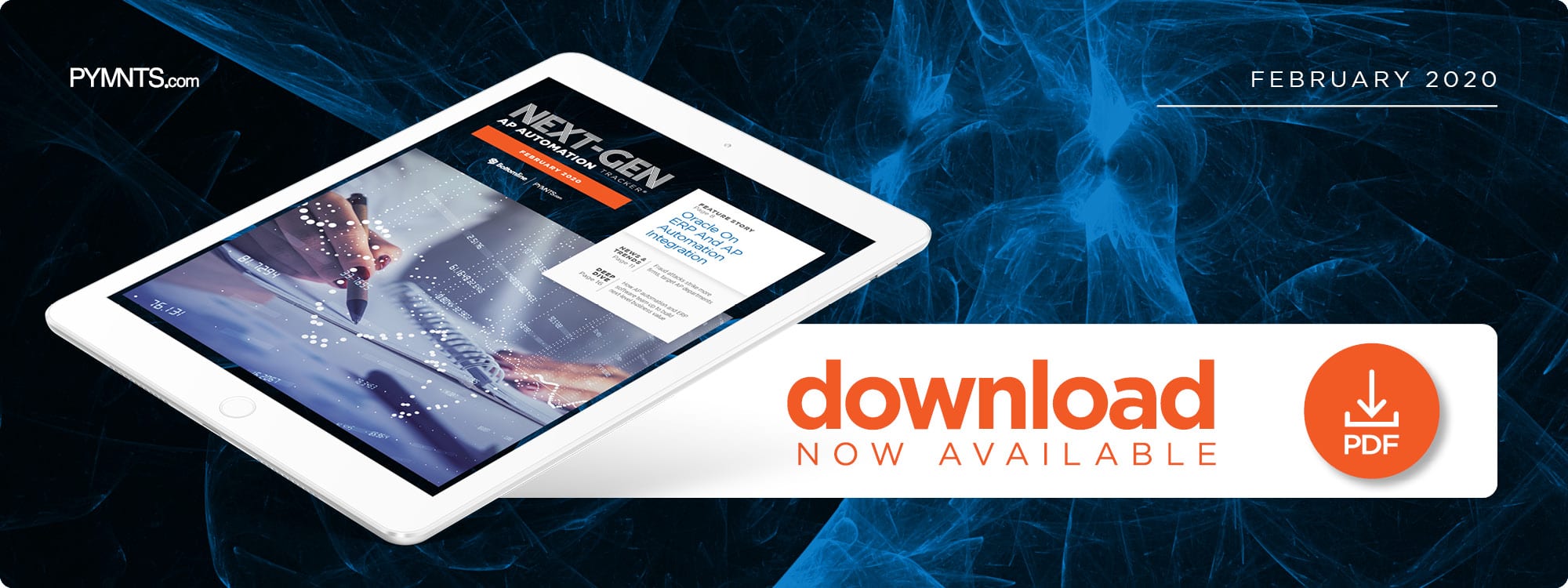Oracle On ERP And AP Automation Integration

Legacy enterprise resource planning (ERP) systems can both drain businesses’ time and resources and make accounts payable (AP) processes overly complicated. But, integrating ERP and AP systems can help expedite invoice processing. In the latest Next-Gen AP Automation Tracker, Oracle’s Senior Director of ERP Cloud Development David Haimes explains the key elements of a successful AP-ERP integration strategy.
Businesses want fast, convenient and cost-effective financial management systems, so many opt for cloud-based solutions rather than those that exist on-premises. According to research, approximately half of businesses will use cloud-based financial management systems by 2022.
Implementing such solutions is not always easy, however. Businesses looking to adopt cloud-based ERP solutions can run into a number of logistical, organizational and even social hurdles that can slow or even halt such systems’ successful integration into companies’ broader accounts payable (AP) operations.
PYMNTS recently spoke with David Haimes, senior director of ERP cloud solutions at Oracle, to learn more about the benefits and challenges of integrated ERP solutions. Haimes explained how businesses can integrate AP solutions into their cloud-based ERP systems to automate payment workflows and reap numerous benefits.
Working Toward “Touchless” Processes
Integrated cloud-based ERP systems that utilize machine learning (ML) can help make the payment process as “touchless” as possible for customers, Haimes said, whether invoices reach AP departments electronically or by paper. These systems’ document processing engines scan for empty or unrecognizable fields, he explained. The solution directs invoices with discrepancies to human clerks, who then fill in missing fields and resubmit documents. This “self-trained model” learns from these inputted responses, recognizes when invoices come in with the same problems and can then provide the correct data without human aid.
ERP systems and third-party solutions that utilize artificial intelligence (AI) and ML can further help optimize payment processing methods, which can give users payment method and timing flexibility, Haimes said. This helps to preserve cash flow, reduce costs, prevent errors and improve speed.
Maintaining security without compromising speed has become important to customers and providers across all industries. Oracle has looked to overcome this obstacle by tapping ML offerings that can identify anomalies from invoice data patterns as opposed to using fixed parameters, such as set dollar amounts.
Using Data to Optimize Operations
Digital AP solutions allow companies to maximize their vast data reserves. Firms can use customer data and feedback to strengthen services and build out new AP workflows. Oracle achieved this in part by collecting feedback from its Idea Center online community portal, where its development team workshopped product ideas and gathered customer reactions.
“We look at the [ideas] and evaluate them and feed them into our development process,” he explained.
Oracle also receives cloud customers’ instant reactions to particular products, enabling its team to make responsive changes and speeding up development. This order of operations ensures that Oracle creates products and services that will fit its customers’ needs.
Publicly available data related to recent acquisitions, earnings reports, credit histories and even insights gathered from public-facing websites work to improve security.
“I think we are going to see a much more integrated financing side,” Haimes explained. “I think we’ll see [tighter integrations] so that banks can offer innovative financing solutions without having to take [operations] offline into a separate system.”
Making Change a Community Effort
AP automation solutions integrated with ERP software can provide myriad benefits, but businesses and professionals may be hesitant to adopt them simply because they cannot picture a non-legacy AP system.
“The biggest problem [these businesses run into when implementing these systems] is change management in the organization,” Haimes noted.
Successful integration requires not only structural change, but also mindset shifts among employees.
“If you’re going to implement this, you’ve got to have executive sponsorship, and there needs to be a clear desire in the organization to take advantage of the system to its full [potential],” Haimes said.
This means businesses must be diligent about managing their employees’ fears of organizational change. AP professionals may worry that automated solutions could cost them their jobs, for example, so businesses must be open, honest and clear about how these systems could impact their daily lives, Haimes explained.
Education plays a key role in this broader strategy, as employees may not understand that automating AP operations will make their jobs easier and more fulfilling. Such tools take care of tedious, repetitive tasks and open workers’ schedules so they can focus on other projects.
“You need to make sure that everybody gets brought on board with that process and that everybody buys into it — that they see why they are doing it and don’t feel threatened,” Haimes said.
Broader AP integration strategies must include education, which may be the critical piece that allows the entire automated operation to succeed.
